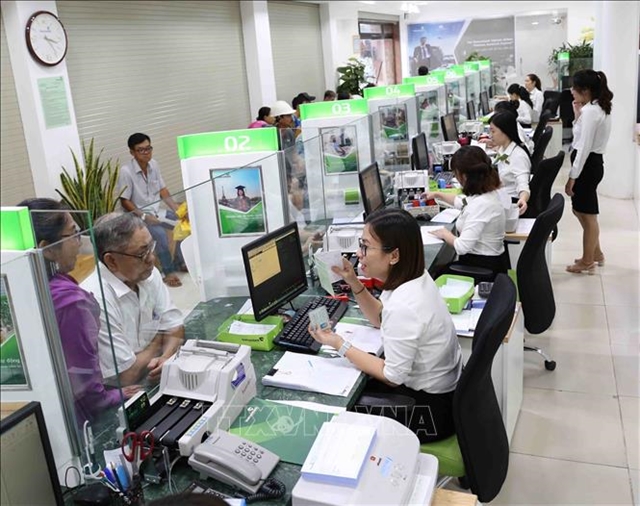
HÀ NỘI — The domestic leather and footwear industry was in good shape to reach its goals this year, according to Phan Thị Thanh Xuân, vice chairwoman and general secretary of the Việt Nam Leather and Footwear Association (Lefaso).
The industry's industrial production index in 2020 would increase by about 11 per cent and the localisation rate of products would hit 60 per cent, she said.
The industry’s footwear and bag export value was forecast to reach US$24 billion this year, gaining 10 per cent compared to 2019.
Xuân said this year, the US-China trade war as well as trade conflicts between the US and other trade partners such as Europe and India would likely decrease, while the global economy would gradually recover.
Besides that, orders for footwear and bag would continue shifting from China to Việt Nam to take advantage of preferential tariffs from free trade agreements, she said.
Therefore, Lefaso forecast that the demand for local footwear products in Việt Nam’s main export markets would increase this year.
Foreign direct investment (FDI) enterprises would continue to expand production, helping the footwear industry maintain export growth.
According experts, the domestic leather and footwear industry had many opportunities to expand into new export markets. However, businesses needed to target value-added products and high-end brands for higher profits.
In addition to opportunities, free trade agreements would create many challenges for domestic footwear enterprises, so they needed to renew technology, improve production capacity, develop export markets and improve competitiveness.
According to the association, the industry must develop its support industries and raw materials, and increase labour productivity. It should also encourage investment to develop footwear production in central and southern provinces.
The association also said the biggest difficulty facing the leather and footwear industry was quality human resources. Businesses must retrain most of their staff who had not been trained at vocational schools.
In terms of exports, the industry last year gained stable growth and maintained competitiveness in traditional markets. The top five markets accounted for over 82 per cent of total national footwear export value, including the US, the European Union, China, Japan and South Korea.
Xuân said total export value of footwear and bags reached $22 billion last year, including $15.1 billion, or 75.8 per cent, from FDI enterprises.
The gap in export value between FDI and domestic enterprises has been narrowed. Domestic enterprises accounted for 19.7 per cent of the nation's footwear and bag export value in 2017, and that figure surged to 24.2 per cent in 2019. This confirmed the recovery of domestic footwear enterprises. — VNS































